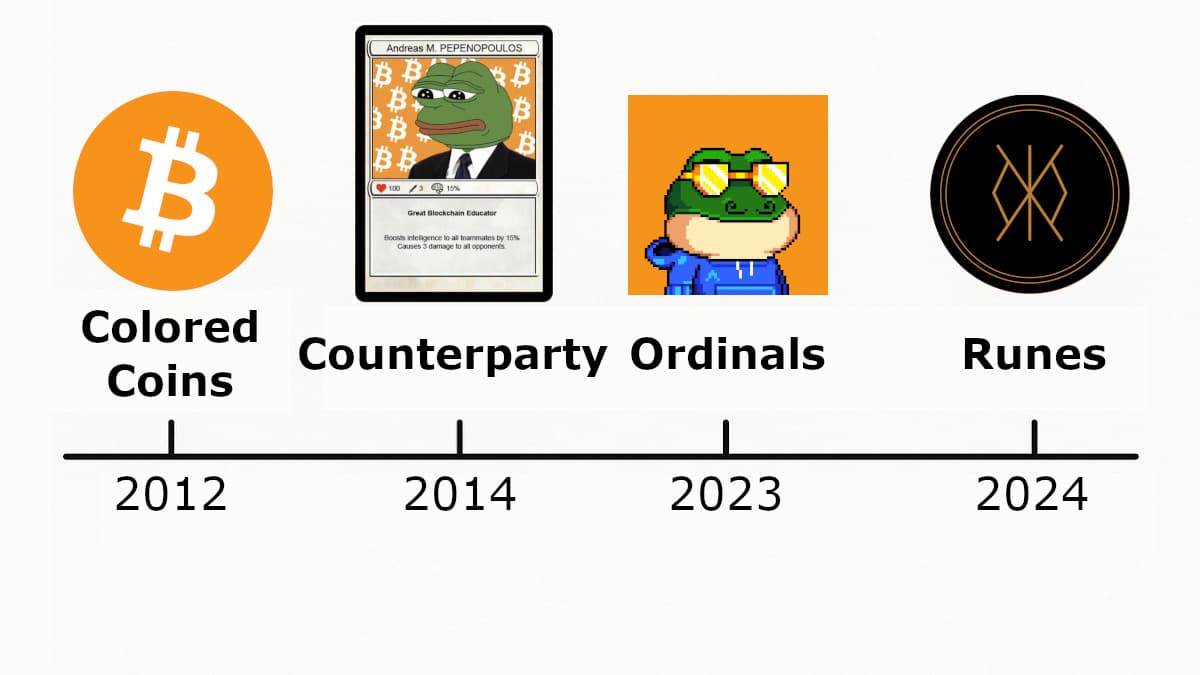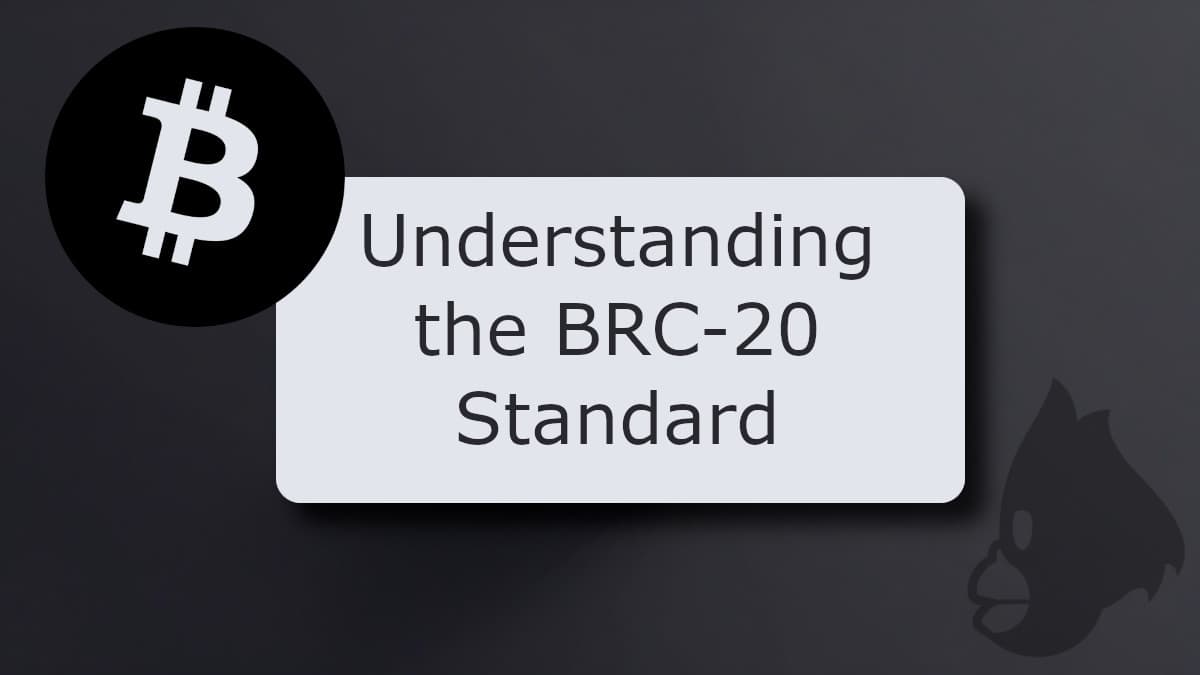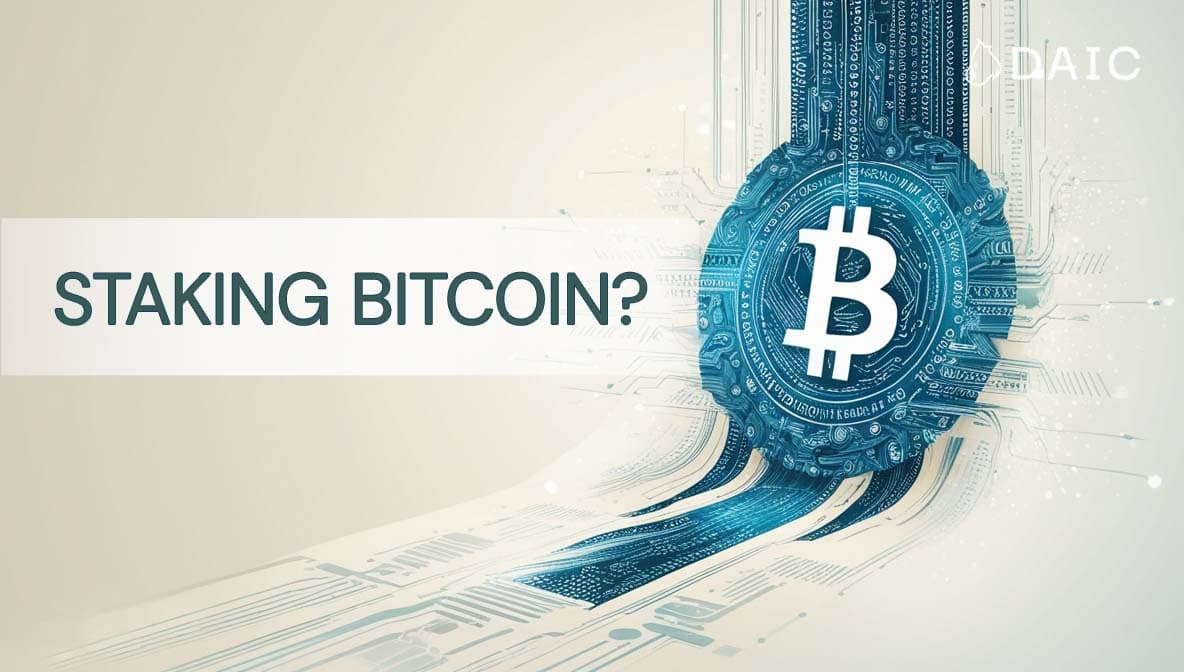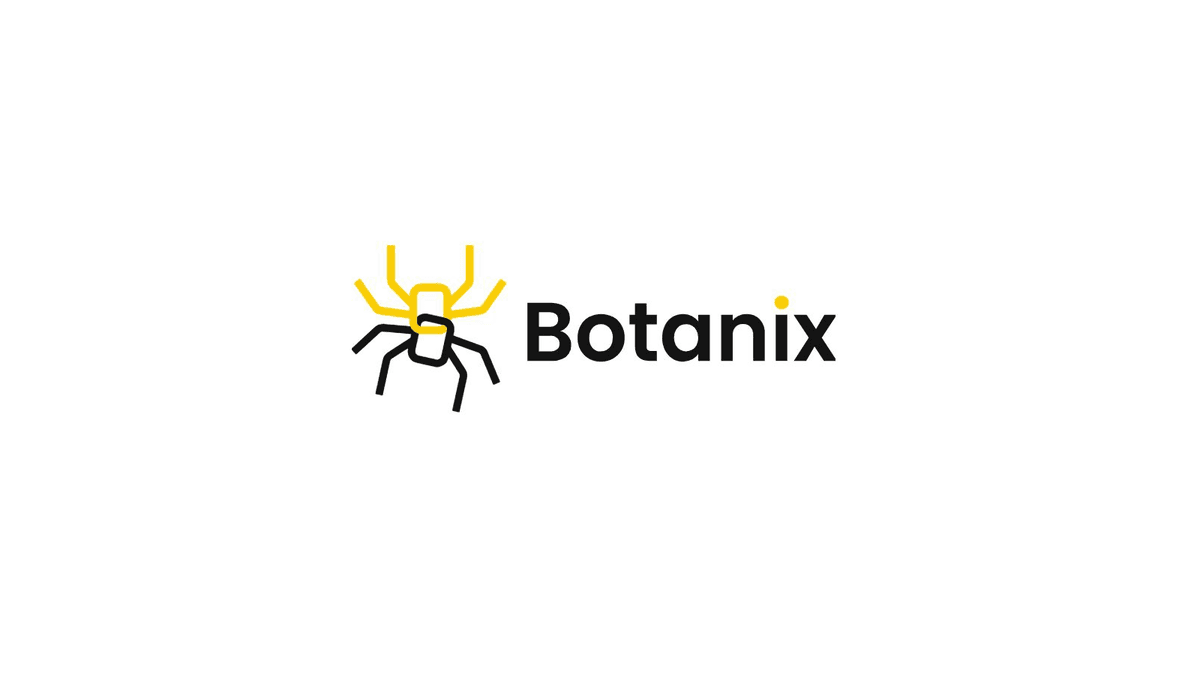In the ever-evolving world of blockchain innovation, one of the most unexpected trends to emerge recently is the rise of Bitcoin NFTs. Long considered the domain of Ethereum and other smart contract platforms, NFTs have now found their way onto Bitcoin through a fascinating innovation known as Ordinals and Inscriptions. This blog will explore what they are, how they work, their implications for Bitcoin, and why this evolution matters for anyone interested in the decentralized future of finance and digital ownership.
Key Takeaways
- Ordinals enable NFTs on Bitcoin by allowing data to be inscribed directly onto individual satoshis, transforming them into unique digital assets.
- Runes introduce a new token standard for fungible tokens on Bitcoin, offering a more efficient and scalable alternative to protocols like BRC-20.
- The Bitcoin community is split on the adoption of Ordinals and Runes, some see them as innovation, others as a distraction from Bitcoin’s core purpose.
- Runes aim to reduce network congestion by minimizing on-chain data, making them more blockchain-efficient compared to earlier token methods.
- These technologies expand Bitcoin’s utility, opening the door to NFTs, DeFi, and tokenized ecosystems directly on the Bitcoin blockchain.
What Are Bitcoin Inscriptions & Ordinals?
To understand NFTs on Bitcoin, you first need to grasp the Ordinals Protocol. Developed by Casey Rodarmor in early 2023, Ordinals is a system that allows individual satoshis (sats), the smallest units of Bitcoin, to be uniquely identified and tracked. By assigning a sequential number to each sat, users can essentially treat them as digital real estate.
Inscriptions take it a step further by allowing arbitrary data (like images, videos, or text) to be embedded directly onto these sats. This data is stored on-chain in the transaction's witness portion, taking advantage of Bitcoin's Taproot upgrade. Unlike Ethereum NFTs, which often point to off-chain data (hosted on IPFS or web servers), Bitcoin Inscriptions are fully on-chain.
So when someone says “Bitcoin NFT”, they're talking about an Inscription that has been etched onto a uniquely numbered sat via Ordinals. It’s a minimalist, elegant solution to bringing NFTs to Bitcoin’s architecture without changing its core rules.
A Short History of NFTs on Bitcoin
Bitcoin was never designed with NFTs in mind. But that hasn’t stopped innovation. In fact, attempts to represent unique or tokenized assets on Bitcoin go back over a decade.
One of the earliest concepts was Colored Coins (2012–2013), which allowed users to “color” specific satoshis to represent external assets like stocks, real estate, or collectibles. These Colored Coins relied on external tools and conventions to track and interpret the “color” metadata and were not deeply integrated into the Bitcoin protocol. While primitive and limited in adoption, Colored Coins were foundational, inspiring later protocols that aimed to bring more expressive functionality to Bitcoin.
This experimentation led to platforms like Counterparty (2014), which enabled users to create and trade custom tokens on Bitcoin. It gave birth to early meme collectibles like Rare Pepes, which are now regarded as historic digital artifacts.

However, those systems relied on external layers and weren’t deeply integrated into Bitcoin itself. That changed with the introduction of Ordinals. By leveraging Bitcoin's native scripting and Taproot upgrade, Inscriptions brought NFT functionality directly on-chain. Collections like Bitcoin Frogs and Taproot Wizards quickly gained traction, sparking a cultural moment for Bitcoin maximalists and NFT enthusiasts alike.
Why Ordinals Matter for Bitcoin
The launch of Ordinals has stirred excitement and controversy in equal measure. Why do they matter?
- Expanding Bitcoin’s Utility: Ordinals push the narrative that Bitcoin is more than just a store of value or payment network. It's programmable, expressive, and adaptable.
- Block Space Demand: Inscriptions use actual block space, which means higher transaction fees. This could help sustain miner incentives post-block subsidy.
- Taproot Adoption: The Taproot upgrade, released in 2021, was underutilized until Inscriptions arrived. Now, more transactions are leveraging its features.
However, not everyone is on board. Some purists argue that NFTs “clog up” the blockchain and deviate from Satoshi's original vision. Still, the momentum is undeniable.
The Tech Behind It: Taproot & Inscription Mechanics
Ordinals wouldn't be possible without the Taproot upgrade, which introduced a more efficient and private way of signing transactions. Taproot enabled developers to pack more data into the blockchain's witness field, a part of the transaction that doesn’t increase base block size but still stores data.
Here’s how it works in practice:
- A user selects a specific satoshi based on its ordinal number.
- They create a Taproot transaction and attach the desired data (image, text, etc.) in the witness.
- Once confirmed, that satoshi now permanently holds the data.
This is a significant technical achievement. In contrast to Ethereum NFTs, which mostly store metadata off-chain, Bitcoin NFTs are 100% on-chain. The result? Immutable, censorship-resistant digital artifacts.
Runes: A New Era for Fungible Tokens on Bitcoin
While Ordinals brought NFTs to Bitcoin, another major innovation is brewing: Runes.
Also developed by Casey Rodarmor, Runes is a protocol for creating and managing fungible tokens on Bitcoin. It’s intended to be a more efficient and native alternative to BRC-20 tokens, which simulate fungible assets via Ordinals but are seen as bloated and inefficient.
| Feature | Ordinals | Runes |
| Token Type | Non-Fungible (NFTs) | Fungible (like ERC-20) |
| Protocol Layer | Ordinals protocol | Bitcoin-native (also uses witness data) |
| Data Storage | Inscription on individual sats | State transitions via Bitcoin scripts |
| Launch Date | Jan 2023 (active) | Expected with Bitcoin Halving 2024 |
Why Runes Matter:
- Designed to be cleaner and more UTXO-friendly.
- Avoids excessive on-chain data storage.
- Could lead to a wave of meme coins and utility tokens native to Bitcoin.
Together, Runes and Ordinals show that Bitcoin is evolving into more than just digital gold. It's becoming a programmable, expressive, and versatile platform.
Criticism & Challenges
Despite the hype, Ordinals and related protocols have sparked plenty of debate:
- Blockchain Bloat: Critics argue that storing arbitrary data bloats the blockchain, affecting full nodes and long-term scalability.
- Philosophical Purity: Bitcoin was meant to be sound money, not an art gallery, some say.
- Lack of Smart Contracts: While Bitcoin NFTs are immutable, they don’t have the same dynamic utility as Ethereum NFTs.
These are valid concerns. But innovation rarely comes without friction. What matters is how the community evolves to address these challenges.
The Future of NFTs and Tokens on Bitcoin
Despite controversy, development around Ordinals and Runes is accelerating:
- Wallet Support: Wallets like Hiro, Xverse, and Unisat now support Ordinals natively.
- Marketplaces: Platforms like Magic Eden and Ordinals Wallet are enabling trustless trading.
- Fungible Tokens: Runes could usher in a new generation of Bitcoin-native meme coins and community tokens.
Conclusion
Bitcoin Inscriptions, Ordinals, and Runes are more than just novelties. They represent a fundamental shift in how we think about Bitcoin’s capabilities and its future. From rare digital art to fungible community tokens, Bitcoin is evolving into a full-fledged platform for decentralized innovation.
The information provided by DAIC, including but not limited to research, analysis, data, or other content, is offered solely for informational purposes and does not constitute investment advice, financial advice, trading advice, or any other type of advice. DAIC does not recommend the purchase, sale, or holding of any cryptocurrency or other investment.


